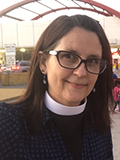 |
When the Migrant
Protection Protocols were enforced along the Texas-Mexico
border beginning in July 2019, a small group of Brownsville, Texas,
residents organized an all-volunteer group to walk across the pedestrian
bridge to Matamoros, Mexico, and provide assistance with necessary
food, clothing, supplies, and tents for shelter for some 2,500 migrants
seeking asylum in the United States. These migrants were forced to
“remain in Mexico” for the duration of their asylum process (www.teambrownsville.org).
Once Team Brownville formalized its assistance for the basic
necessities for these families living out in the open along the Rio
Grande River beside the Gateway International Bridge that connects
Matamoros to Brownsville, the volunteers, who are primarily educators by
vocation, considered how to help educate the children who were stuck in
Mexico (Reyna, 2019); see Figure
1. Team Brownsville’s Escuelita de la Banqueta, sometimes
referred to informally as the “sidewalk school,” uses a network of
volunteer teachers to provide free education every Sunday morning for
the children in Matamoros.
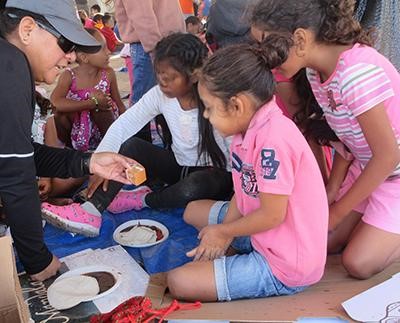
Figure 1. Team Brownsville core member, Francis Castillo
(left), teaches middle school. (Click for larger image)
The volunteer director for Escuelita de la
Banqueta, Melba Salazar-Lucio, an English professor at Texas
Southmost College, located one block north of the Gateway International
Bridge (www.tsc.edu),
explained, “There is a fee for elementary education in Mexico. It is
minimal, but when you have nothing, it is a lot to pay” (M.
Salazar-Lucio, personal communication, April 24, 2020). They scheduled
the school for Sunday mornings because most of the volunteers are
teachers who, of course, teach school Monday through Friday (see Figure
2). The first day of class was August 11, 2019. The director
remembered, “We did not get permits or ask permission from Federales or any Mexico official, we just brought
our teaching supplies and started teaching the children lessons.” At the
conclusion of the first hour-long session, an “important looking man
asked me if I was in charge, and of course I said, ‘Yes,’” Salazar-Lucio
said, adding, “He asked who gave me permission [‘No one,’] and then he
rattled off all these government agencies that I needed to see to get
permits. I asked him, ‘Who am I hurting? We bring all of the materials,
and we are only coming here on Sunday mornings to teach the children.’
He said, ‘Well, we will just see if you can come back.’” They returned
every Sunday thereafter until COVID-19 shut the border and forced
Escuelita de la Banqueta to creatively engage in distance learning,
using online education to remain connected with the children.
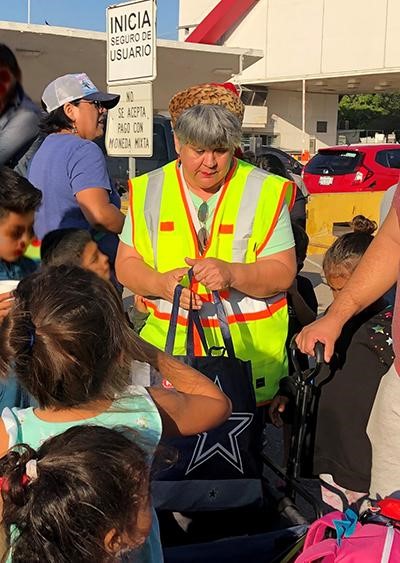
Figure 2. Children eagerly greet Dr. Melba Salazar-Lucio
once she crosses the pedestrian bridge to Matamoros, Mexico. (Click for
larger image)
ESOL/ESL Pedagogical Process for Migrant Children in Matamoros
Initially the school was held outside in a small plaza adjacent
to the Gateway International Bridge, but later it moved a few hundred
yards away to a park area (also out of view of pedestrian and car
traffic at the bridge) when the Mexican government provided tents to use
as “classrooms.” On a typical Sunday, the volunteers gather ahead of
time to prepare two hundred gift bags to leave with the children. The
bags include crayons, composition book, pencils, and pens so the
children have something to use during the following week. Volunteers
gather at the bus station in Brownsville to load wagons with the
supplies, which they pull across the pedestrian bridge to Matamoros (seeFigure
3). Upon arrival, the volunteer teachers divide the children
by age. Initially, they organized the groups based upon what grade
children were in when they left their home country, but the director
said, “It quickly became obvious that many of the children had never
attended school before, so we began dividing them based upon their age.”
The teens stay together in one group for the entire hour. All the other
ages have a new teaching session every fifteen minutes. The children
remain in their designated place, and the teacher brings the next lesson
to them (J. D. Lucio, 2020).
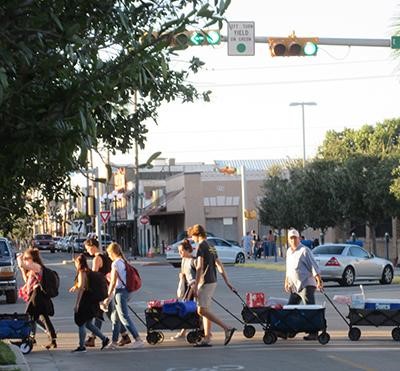
Figure 3. Volunteers gather at the bus station to load wagons
with school supplies to pull across the Gateway International Bridge
from Brownsville, Texas, to Matamoros, Mexico. (Click for larger
image)
The lessons are bilingual, with the emphasis on teaching the
children English. Subjects include math, writing, geography, history,
science, physical education, and art (see Figure
4). Teachers design the lessons to be interactive and
engaging to help the children learn traditional education content, but
also social skills, manners, letter writing, and memory-building (see
Figures 5,6,7,8,
and 9).
They sing upbeat children’s sing-songs in English like “Hokey-Pokey”
and “Head, Shoulders, Knees, and Toes.” They have a giant Jenga game,
but in order to pull out a block the child has to know the answer to a
math problem, and yoga instructor Gina Barrett brings a team from
Colorado every other month.

Figure 4. Volunteers adapt lessons to teach fifteen-minute
sessions to the various age groups. (Click for larger image)
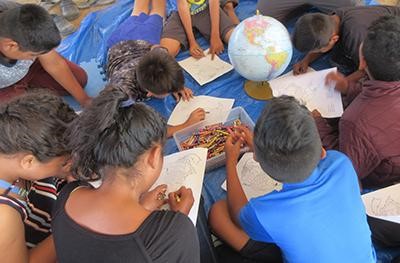
Figure 5. Geography lesson. (Click for larger image)
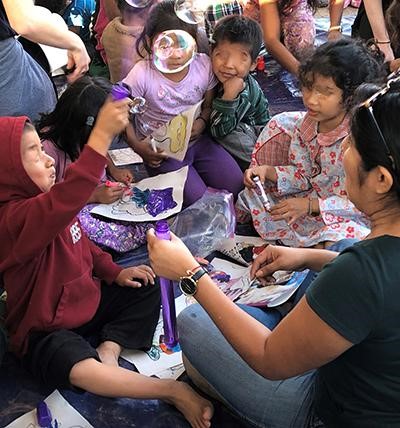
Figure 6. Interactive and fun. (Click for larger image)
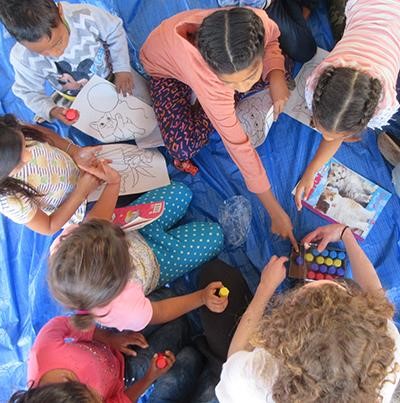
Figure 7. Creative learning. (Click for larger image)
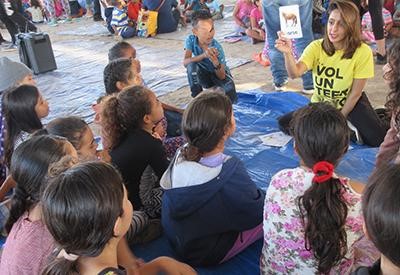
Figure 8. Interactive ESL engagement. (Click for larger image)
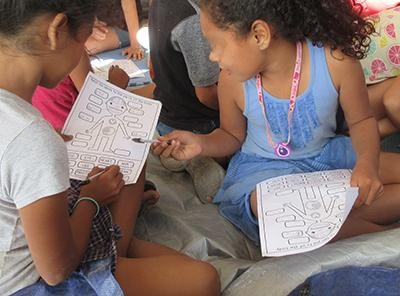
Figure 9. Fostering ESL learning. (Click for larger image)
As word about the Escuelita de la Banqueta spread through
social media and newspaper and online articles, teachers traveled from
across the United States to volunteer on Sunday morning with Team
Brownsville in Matamoros. Organizations also have supported the
all-volunteer school by providing teaching supplies and books. For
example, Children in Crisis, an organization of librarians who collect
books and send them to children, donated more than one thousand new
books to Escuelita de la Banqueta, which made it possible to begin a
library at the migrant camp in Matamoros. The children are expected to
read seven books each week, and their parents make a list and sign that
they either read the books to their child(ren) or witnessed the
child(ren) reading them (see Figure
10).
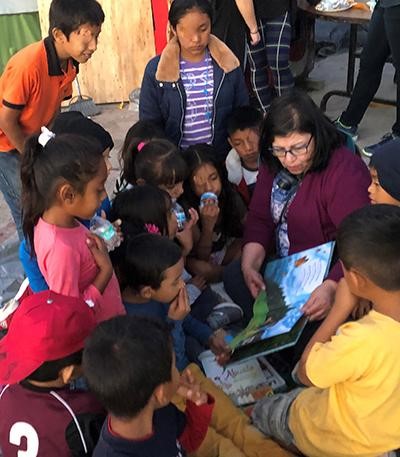
Figure 10. A volunteer inspires love of reading. (Click for larger image)
Salazar-Lucio said, “I have ‘readers’ and I have ‘writers’—some
children who want to read and others who want to write or draw.” As the
school progressed and the children began using the writing supplies or
reading the extra books during the week, their individual interests and
skills began to emerge. She said, “We began to see children who want to
read or write or draw on their own—during the week when we were not
there. We also saw children who were emerging as gifted in art, so we
would bring them art supplies to encourage them with their art.” The
director rewards reading and writing by bringing a goodie bag filled
with stuffed animals, small toys, books, puzzles, headbands,
flashlights—all the things that children love. After the formal lessons
conclude, children bring their parental proof of their reading and
writing progress from the previous week, and each child selects a prize
from the coveted bag of surprises. Love of learning spread through the
migrant camp, with parents often sitting in on the lessons with the
children.
The director fondly remembered when she and her husband, also
an educator, crossed the bridge on a Tuesday to make dinner for the
families when there were two hundred people, not the 2,500 people there
are now. When she set the food supplies down on the table that they
normally used for school supplies on Sunday morning, a four-year-old
asked, “Que es eso maestra? [What is this teacher?]Quiero libros! [I want books!]” Salazar-Lucio
said, “It was like she was asking, “Where are the books? I don’t want
the food.’ She wanted food for her brain more than she wanted food for
her stomach.”
When COVID-19 closed the U.S.-Mexico border and access between
Matamoros and Brownsville, the Escuelita de la
Banqueta joined the world in online learning to continue
education in the migrant camp alongside the Río Bravo/Rio Grande (J. D.
Lucio, 2020; D. Lucio, 2020). Shortly before the border closed on March
20, 2020, to all but non-essential travel, Team Brownsville had
installed a large flat-screen television in each of the four small
“stores” (tienditos) located throughout the migrant
camp. Each store holds the donated supplies, which are monitored by a
local store keeper who distributes items at no charge to the families as
needs arise. The televisions became the centers for online education as
children gather to learn through the video lessons Team Brownsville’s
cadre of volunteer teachers provide. The director sends the digital
links to Tiendito numero uno (small store number
one) to the teenager in charge of the library, and to the medical center
at the camp. Salazar-Lucio said, “So, we are doing bilingual online
learning in a very primitive way. Most importantly, the children know
that we haven’t forgotten them. We cannot see their faces, but they can
see our faces each week with these online videos.”
Once COVID-19 lifts, the school is “poised and ready” for the
next phase of the ESOL learning journey. Movie producer Estefania
Rebellon and founder of Yes We Can World Foundation and Yes We Can
Mobile Schools (www.yeswecan.world/programs),
is working with Team Brownsville to set up a school in the camp using
an old school bus that has been ripped out and then refitted as a
portable classroom and teachers who are licensed in Mexico. It will run
on weekdays and will include a formal certificate to recognize student
learning achievements. The Team Brownsville Escuelita de la Banqueta
will still function, but it will become enrichment rather than the
mainstay/only education option. The converted classroom school bus is
ready, but it has not been able to be transported to the refugee camp
because of border closures. Salazar-Lucio said, “That’s the future;
that’s the next step. Once the border reopens, we are poised and ready
for the new beginning.”
References
Boursier, H. T. (2019). The ethics of hospitality: An
interfaith response to U.S. immigration policies. Lexington
Books.
Liendo-Lucio, J. D. (2020, April 25). Scavenger hunt for two
dimensional figures-bilingual. [Video file]. YouTube. https://www.youtube.com/watch?v=NrvUGqKHhS4&feature=share
Lucio, D. (2020, April 24). Coach Lucio’s weightlifting at
home. [Video file]. YouTube. https://www.youtube.com/watch?v=iADBzU4MdrQ&fbclid=IwAR2teSr1YV0LmLTujMD9IvsjkBce7q0ALQZqJ8O7yFS1IxHC--KlNmwZGPE
Lucio, J. D. (2020, March 15). Escuelita de la banqueta. [Video file]. YouTube.
https://www.youtube.com/watch?v=41AuGjFmHTk&feature=youtu.be&fbclid=IwAR0IsIKKUkWcFh8-A6juIryAtmJYEtQvf5w_6OnUFfOQniB7nPtiySqPUxs
Reyna, N. (2019, August 19). Volunteers teach classes for
asylum seekers in Matamoros. The Monitor. https://www.themonitor.com/2019/08/19/volunteers-teach-classes-asylum-seekers-matamoros/
All photos © Helen T. Boursier; migrant faces blurred for privacy; shared by permission.
Helen T. Boursierisa public theologian, educator,
author, activist, ordained minister, and artist who has been a volunteer
chaplain with refugee families seeking asylum since 2014. She teaches
theology and religious studies. |

